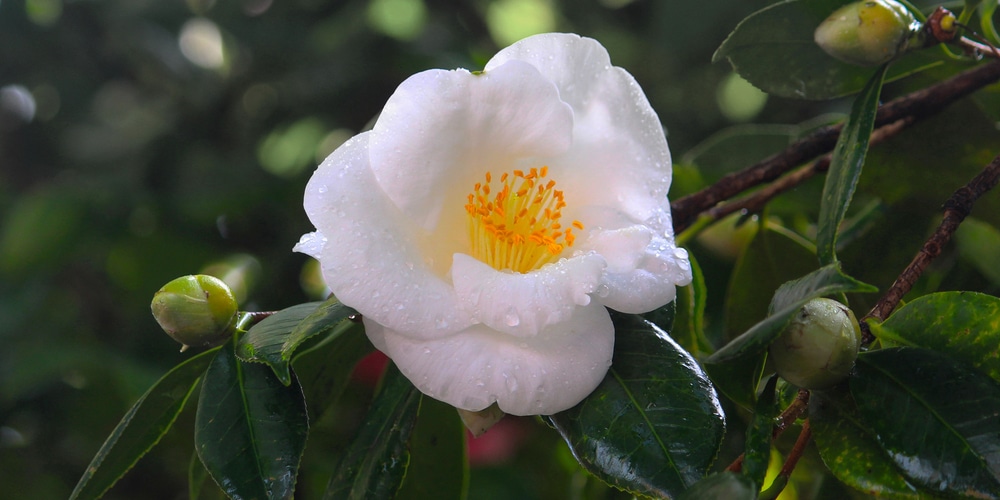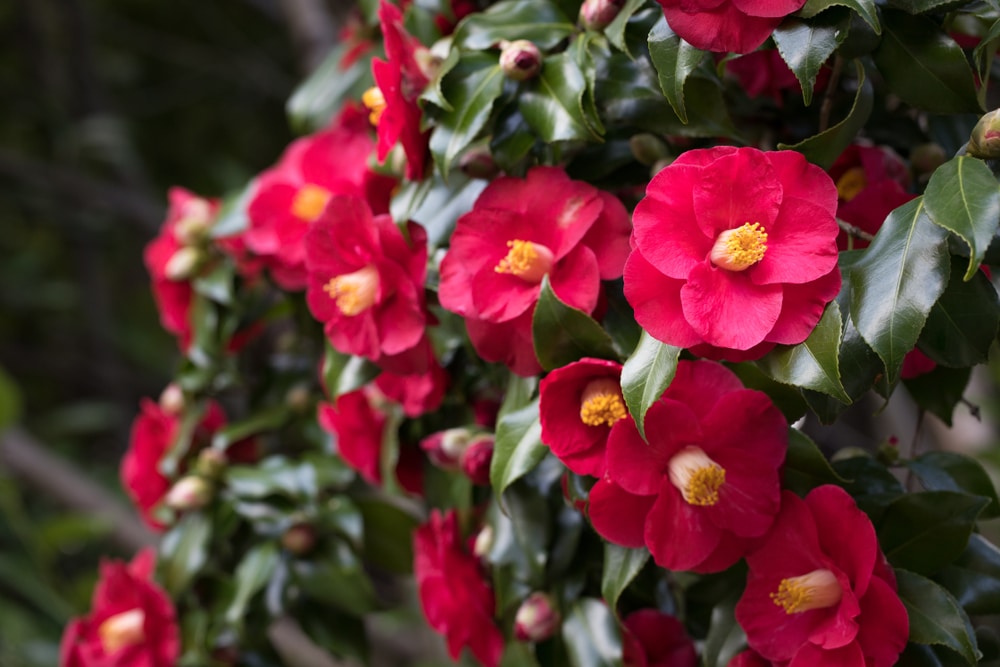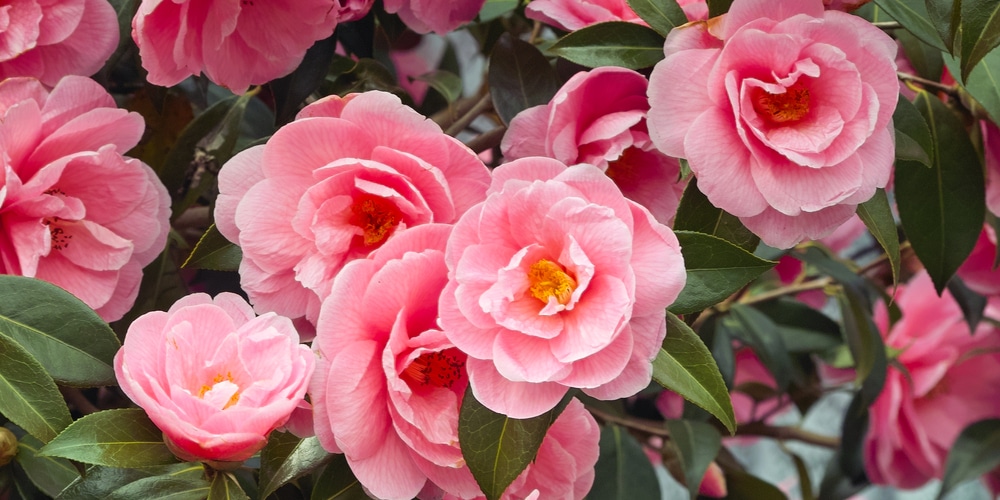One of the most admirable plants by most gardeners is the camellias. This is perhaps because, unlike other plants, they require to be grown in temperatures that are not common; since the plant cannot persevere at low temperatures. While most Camellias cannot grow in cold temperate regions, there are a few whose origin is regions with low temperatures and may grow when accorded the right care.
Some of the Camellias that can perform well in cold regions are the ones that originate from winter regions. An excellent example of the hardiest species is the Camellia oleifera.
This Camellia occurs naturally in China and is also cultivated to extract its seed’s oil. Typically, it occurs in Shaanxi province, with markedly low (winter) temperatures. In the United States, gardeners grow the plant to benefit from its magnificence and general eye-catching beauty. Another Camellia that exhibits the ability to thrive in cold weather is Camellia japonica.
The two Camellias are at the center of enabling the production of several other hybrids that are often cultivated in the United States today. The hybrids include but are not limited to the following:
- Camellia “Winter’s Star”
- Camellia “Survivor”
- Camellia japonica “April Remembered.”
- Camellia japonica “Bloomfield.”
- Camellia japonica “Korean Fire.”
Can You Plant Cold Hardy Camellias In Zone 5
Camellia japonica “Korean Fire” is currently the hardiest of all the Camellias and the most probable to grow in zone 5. It presents as a loving camellia with numerous single and deep-red flowers with a visibly distinct golden-yellowish stamen. Their blooms take some time to develop, about two months (March to May in the Northern and August to October in the Southern). Furthermore, these gorgeous Camellias can flourish in low temperatures.
How do you Best Take Care of Them?
Site Selection
Most Camellias flourish in cold climates. It is, however, paramount to establish the correct growing zone for the type of Camellia that one intends to plant to get the best results. It is also vital to note that they require soils with slightly acidic, rich in organic matter, moist, and good drainage. As such, it is essential to test the pH of the site before planting them. Also, note that the flowers and buds are prone to get damaged by dry and cold winds, and ensure to select a site free from the winds.
Planting the Camellia
The best time to plant the Camellia is when they are blooming and when the roots are not very dominant. It is more recommendable to plant them during the spring to create more time for their establishment. The hole size should be large enough (twice the size of roots) to create space for their expansion.
It is advisable to hold the plant by the root ball rather than the stem when planting. Furthermore, the root ball top should be at the level where it had been while in the pot. Afterward, ensure to add some mulching, mix with soil, and fill until the root ball is sufficiently covered. Complete by adding enough water to the plant.
Caring for the Camellia After Planting
Camellias do well when well-watered. The plants do not require a lot of feeding; avoid artificial fertilizers. As such, annual mulching is sufficient for the plant. Alternatively, someone may top up with a blood and bone meal at the start of the spring. They may not require a lot of pruning, but it is recommendable to prune them after blooming while ensuring to avoid damaging the buds. Note that not all Camellia variants do well after pruning.
Camellias are subject to pest and disease invasion. They can be attacked by fungal and viral diseases, which can significantly detriment their survival. Some of the common diseases include Camellia petal blight and root rot fungus. Good soil drainage is a perfect way of avoiding such diseases. At the same time, removing the damaged flowers and applying the proper fungicide are appropriate treatment remedies.
The propagation of Camellias involves the use of semi-ripe cuttings, hardwood cuttings, grafting, and layering. Amidst the method of propagation employed, the cuttings should develop roots within a short period, probably two to three months.
Cold Hardy Camellias Zone 5: The Bottom Line
Planting Camellia requires thorough knowledge of climate, growth, and care requirements. Instances where the plant doesn’t yield the expected results indicate a miss in the handling procedure. When this occurs, one can do the following:
- Check their watering patterns, especially during dry seasons
- Add some mulching
- Transfer the containers to suitable areas
- Avoid late or excessive feeding
- Consult garden professionals.
Related: Growing Camelia’s in Zone 7 Guide


